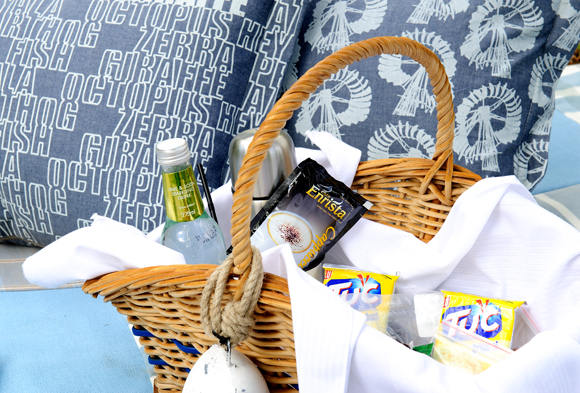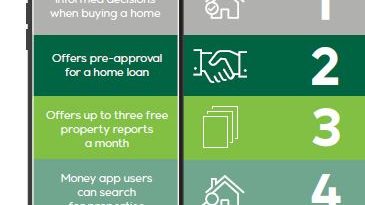What’s in a label? Do consumers know what to look for when buying food items?

FoodSure MD and founder Amanda Rogaly says a small number of people actually do more than glance at labels, and even those that do, will not always understand what they are reading. Once consumers understand what they are reading, they can make more informed choices about what to buy, and have better conversations with their GPs and medical specialists about what they should be eating, she says.
Some components that must be looked at include sugar, protein, trans fat and total fat, says Rogaly. However, what is also important to understand is that products that say they have no fat, for example, really mean that the content is below the minimum requirement for disclosure, she explains.
First, have a look at the size of a single serving, and then how many servings are in a package, says Rogaly. This could also save money if one product will give you more bang for your buck with smaller servings that contain more of the recommended daily allowances, she adds.
Work out how many nutrients you are getting per serving, and then consider how many servings of that product you usually take in, says Rogaly. This sounds daunting, but should not be as this can be easily worked out with a measuring jug and a calculator.
Then, chat with your health professional to determine how much of each nutrient you should be taking in every day, explains Rogaly. This will help you to eliminate food that is doing you more harm than good.
Reading labels is especially important for people with heart issues, high cholesterol, or diabetics, and the more you read, the easier it becomes, adds Rogaly. Generally, recommendations readily available indicate that total fat should be limited to between 56 to 78 grams a day, which includes no more than 16 grams of saturated fat, under two grams of trans fat and less than three mg of cholesterol for a 2 000 calorie diet, explains Rogaly.
Nutrients that are good include fibre, calcium, and vitamins, so make sure you take in all of what you need every day, says Rogaly. Limit sodium (salt), sugar and fat intake as much as possible, and compare labels of similar products to do so, she adds.
Also, just because a label does not list an ingredient it does not mean it is not present in another form, says Rogaly. For example, a label on the front may say the product has no added MSG, but all that means is that none has been added, while some may have been in the raw ingredients to start with, she explains.
“Don’t take at face value what you see on a label. Delve a bit deeper in order to understand exactly what you are eating. The SureMark is the easiest way to see that the product is honest in its claims,” Rogaly concludes.
Also view:
Local company to stamp out food fears



